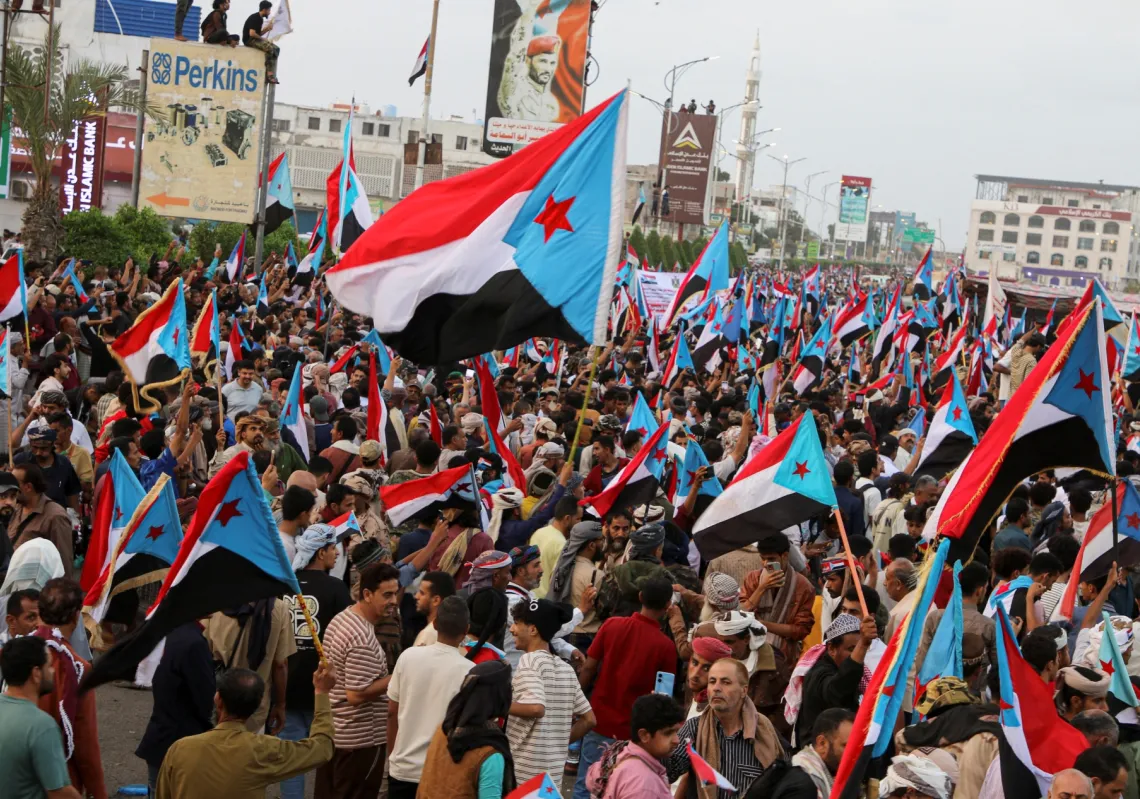The 1993 Oslo Accords were secretly negotiated with Israel outside official legislative frameworks. Apart from establishing a Palestinian state, it made grand promises that Palestine could become a new Taiwan, Singapore or Hong Kong.
But while dreams and aspirations are one thing, reality and circumstances are another.
As an armed Palestinian national movement transitioned from outside to inside Palestine, it encountered a starkly different reality.
Inside Palestine, Israel had established overarching control and wields near total decision-making powers. The Oslo Accords did not designate Israel as an occupying entity or the West Bank, Gaza, and Jerusalem as occupied territories. Neither did it promise a cessation of settlement activities, establish clear borders, or make clear what the end result of this agreement would look like.
Against this backdrop, Al Majalla dissects the accord and the circumstances under which it was established.
1. From national liberation movement to "state" authority
First and foremost, the accords cemented the transition of a national liberation movement to an authority operating under occupation.
As an authority, its interactions and dynamics with Israel and its relationships with Palestinian political bodies and the Palestinian people were considerably different than those of the Palestinian national movement.
From then, Palestinians had to contend with an authority that exercised control over them while both the people and the authority lived under Israeli occupation.
Palestinians had to deal with multiple authorities: the Israeli authority, the Palestinian Authority (in the West Bank and Gaza), and the authority of Jewish settlers, who are often given a free hand to operate without explicit state backing.

It's also important to note that Palestinians displayed greater unity, resilience, and boldness in their confrontations with Israel before establishing the authority, in the era preceding Oslo.














